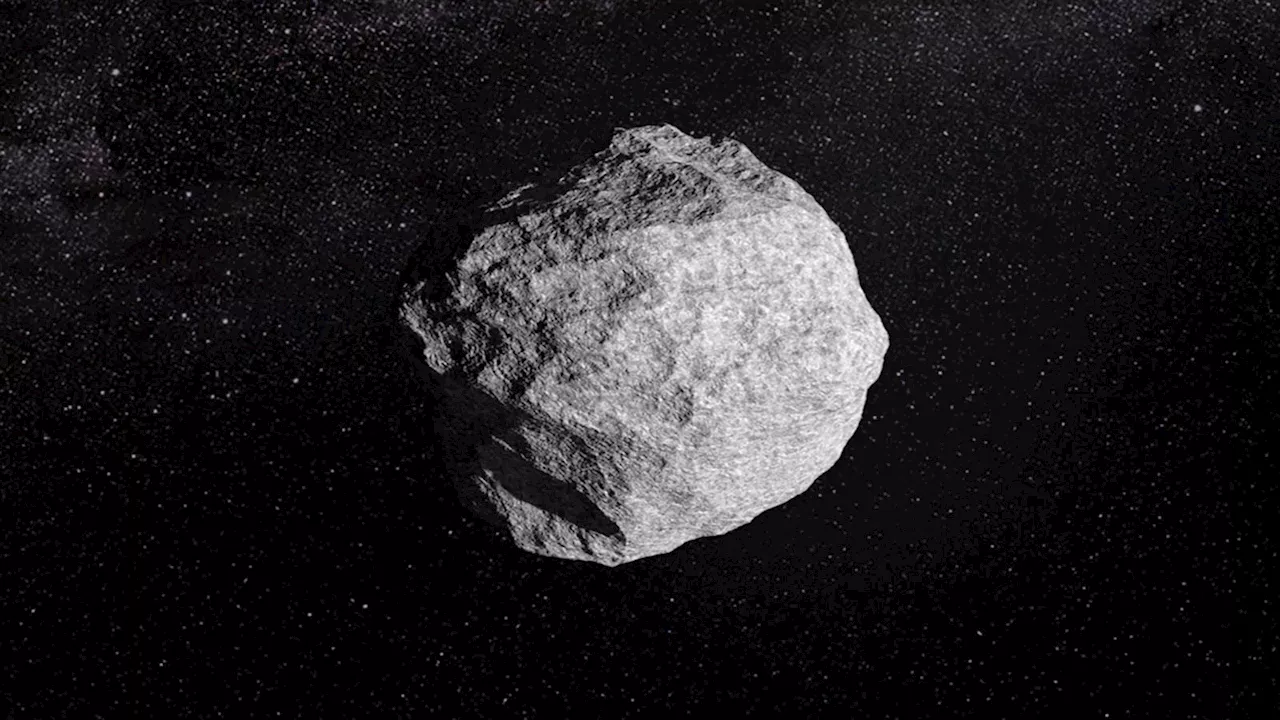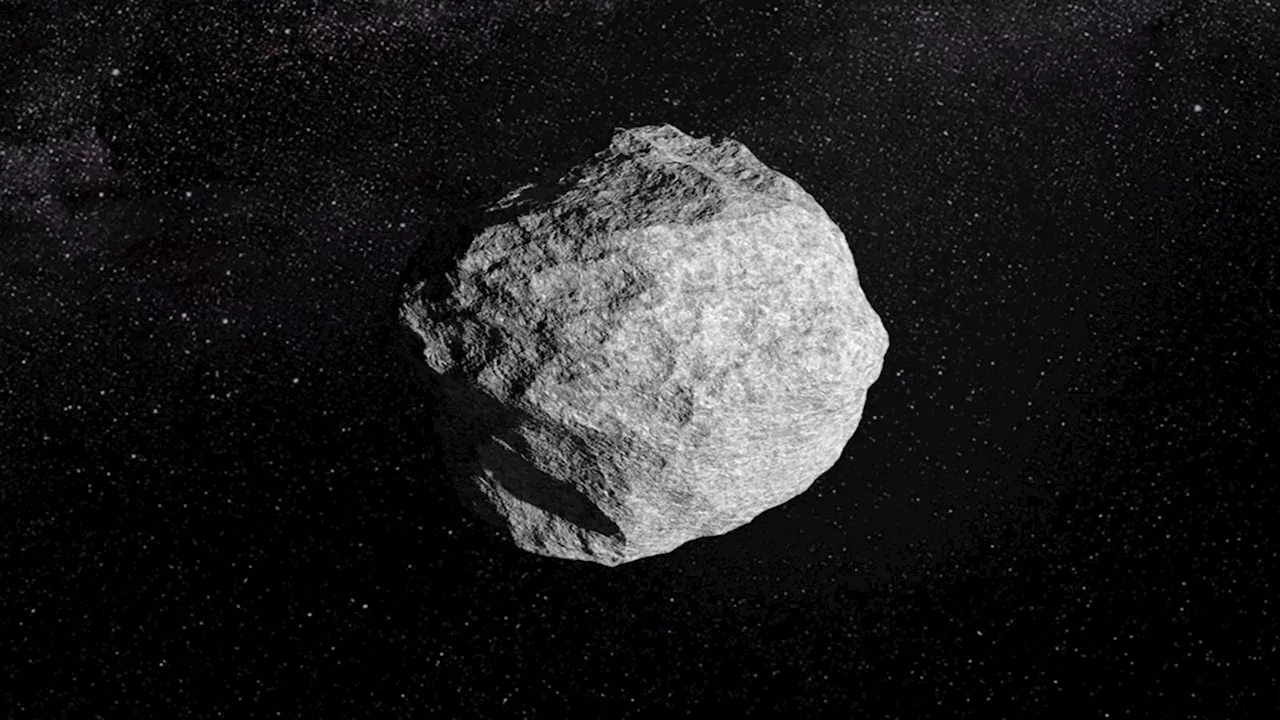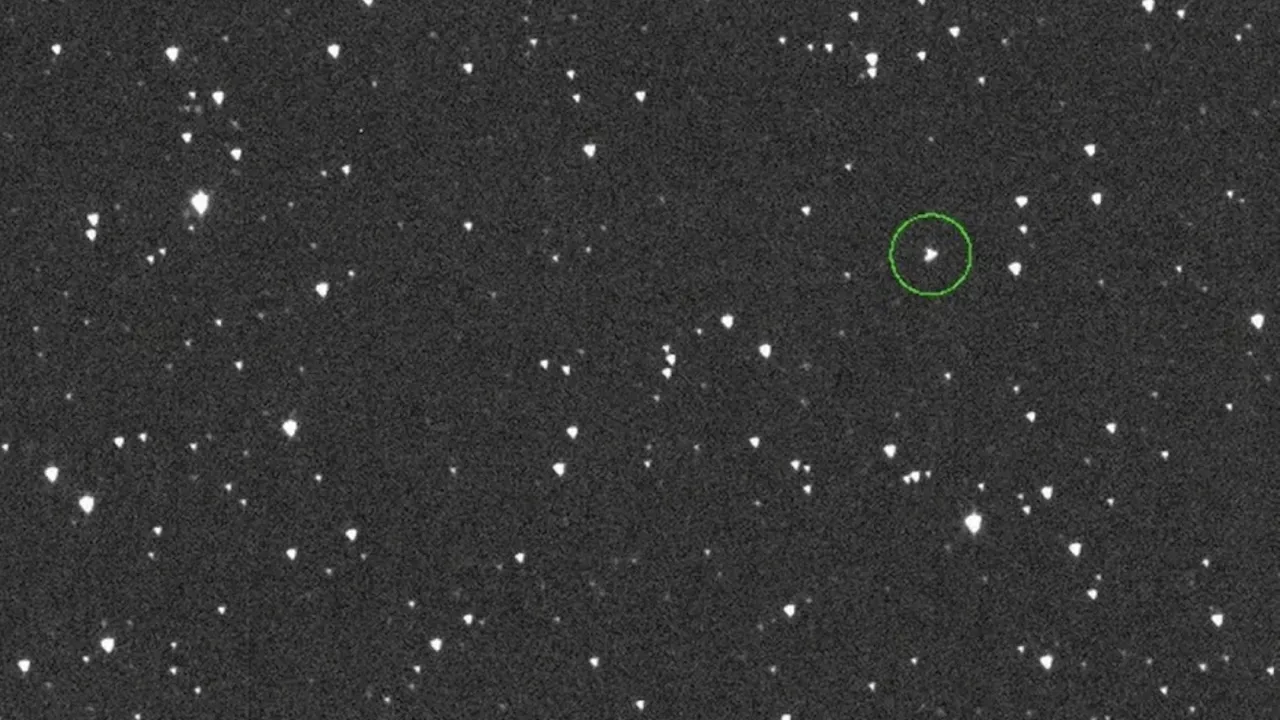NASA has raised the probability of an asteroid, nicknamed 2024 YR4, impacting Earth on December 22, 2032, to 2.3%. While the risk is still small, it marks a doubling from the agency's initial estimate. NASA is closely monitoring the asteroid's orbit and expects to be able to rule out the impact hazard. The agency estimates the asteroid to be between 130 and 300 feet across. If it did collide with Earth, the impact would likely cause localized damage but not threaten the planet or humanity.
NASA said last week that there is currently a 2.3% chance that the asteroid, dubbed 2024 YR4, will hit Earth on Dec. 22, 2032. While still tiny, that probability nearly doubled from the agency’s initial estimate of 1.2% in late January.The agency is monitoring the asteroid’s orbit and said that the object’s “impact hazard” could be ruled out eventually. But in a NASA estimates that the asteroid measures between 130 feet and 300 feet across.
A space rock of that size would likely cause local damage, but not threaten the entire planet or humanity, as might be the case if a much larger asteroid was on a collision course with Earth.The asteroid 2024 YR4 was first detected by the Asteroid Terrestrial-impact Last Alert System station in Chile on Dec. 27, 2024. Since then, researchers have been studying the space rock using ground-based telescopes.
NASA said the asteroid will continue to be visible to ground-based observatories through April. After that, the space rock will be too faint to see until around June 2028. The agency’s James Webb Space Telescope will train its eyes on the asteroid in March to better assess its size, according to NASA.news
ASTEROID SPACE COLLISION EARTH NASA
United States Latest News, United States Headlines
Similar News:You can also read news stories similar to this one that we have collected from other news sources.
 Asteroid 2024 YR4: Potential Threat to Earth in 2032A recently discovered asteroid, 2024 YR4, poses a potential threat of colliding with Earth in 2032. While a global impact is unlikely, the asteroid could cause significant damage upon impact. NASA is monitoring the asteroid's trajectory closely.
Asteroid 2024 YR4: Potential Threat to Earth in 2032A recently discovered asteroid, 2024 YR4, poses a potential threat of colliding with Earth in 2032. While a global impact is unlikely, the asteroid could cause significant damage upon impact. NASA is monitoring the asteroid's trajectory closely.
Read more »
 Near Earth Asteroid 2024 YR4 Has Slight Chance of Collision in 2032A newly detected asteroid, 2024 YR4, has a greater than one percent chance of colliding with Earth in about eight years. While scientists are not panicking, they are closely monitoring the object. A city-level devastation is possible depending on the impact site. Experts say there is still enough time to prepare and explore deflection strategies.
Near Earth Asteroid 2024 YR4 Has Slight Chance of Collision in 2032A newly detected asteroid, 2024 YR4, has a greater than one percent chance of colliding with Earth in about eight years. While scientists are not panicking, they are closely monitoring the object. A city-level devastation is possible depending on the impact site. Experts say there is still enough time to prepare and explore deflection strategies.
Read more »
 Asteroid 2024 YR4 Poses Potential Threat to Earth in 2032Experts are closely monitoring an asteroid that has a small chance of impacting Earth in 2032. While the risk is currently assessed as low, NASA emphasizes that the probability of collision may fluctuate as more data becomes available.
Asteroid 2024 YR4 Poses Potential Threat to Earth in 2032Experts are closely monitoring an asteroid that has a small chance of impacting Earth in 2032. While the risk is currently assessed as low, NASA emphasizes that the probability of collision may fluctuate as more data becomes available.
Read more »
 Asteroid 2024 YR4: Potential Threat to Earth in 2032An asteroid discovered by NASA-funded telescopes has a small chance of impacting Earth in 2032. While astronomers are confident it will most likely miss our planet, the possibility highlights the ongoing effort to monitor and assess potential asteroid threats.
Asteroid 2024 YR4: Potential Threat to Earth in 2032An asteroid discovered by NASA-funded telescopes has a small chance of impacting Earth in 2032. While astronomers are confident it will most likely miss our planet, the possibility highlights the ongoing effort to monitor and assess potential asteroid threats.
Read more »
 Asteroid 2024 YR4 Slightly Increases Risk of Hitting Earth in 2032A recently discovered asteroid, 2024 YR4, has a 2.2% chance of impacting Earth on December 22, 2032, according to the European Space Agency. While the risk assessment has increased from 1.2% last week, astronomers expect the percentage to evolve as more observations are gathered.
Asteroid 2024 YR4 Slightly Increases Risk of Hitting Earth in 2032A recently discovered asteroid, 2024 YR4, has a 2.2% chance of impacting Earth on December 22, 2032, according to the European Space Agency. While the risk assessment has increased from 1.2% last week, astronomers expect the percentage to evolve as more observations are gathered.
Read more »
 Asteroid 2024 YR4 Has Slightly Increased Chance of Hitting Earth in 2032A recently discovered asteroid named 2024 YR4 has a 2.2% chance of impacting Earth on December 22, 2032, according to the European Space Agency. This risk assessment, up from 1.2% last week, is based on new observations. Astronomers expect the percentage to fluctuate as more data becomes available. The ESA emphasizes that the likelihood of a collision is likely to be minimized as they gather more precise information about the asteroid's trajectory.
Asteroid 2024 YR4 Has Slightly Increased Chance of Hitting Earth in 2032A recently discovered asteroid named 2024 YR4 has a 2.2% chance of impacting Earth on December 22, 2032, according to the European Space Agency. This risk assessment, up from 1.2% last week, is based on new observations. Astronomers expect the percentage to fluctuate as more data becomes available. The ESA emphasizes that the likelihood of a collision is likely to be minimized as they gather more precise information about the asteroid's trajectory.
Read more »
